Economic revival vs rising poverty
Triumph in macroeconomic charts masks decline in living conditions for many
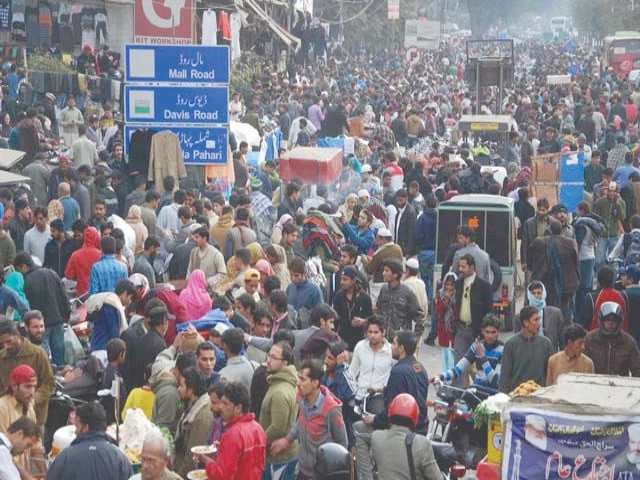
Pakistan today stands at a striking crossroads of perception and reality. On the surface, headline numbers tell a story of revival – the stock market is scaling record highs, inflation has cooled from recent peaks, and the government proudly points to a stabilised economy under the IMF programme.
Yet beneath these upbeat indicators lies a harsher truth: millions of Pakistanis are sliding deeper into poverty, their livelihoods battered by inflation, weak social protection, and limited opportunities. The World Bank's latest poverty and resilience assessment lays bare this widening gap, showing how triumph in macroeconomic charts masks decline in everyday living conditions for vast sections of society.
Over the past two decades, Pakistan made progress in cutting poverty. In 2001, more than 60% of the population lived below the poverty line. Steady, if uneven, growth reduced that figure to around 21% by 2018. But the pandemic, political instability, and repeated economic shocks have reversed many of those gains.
By 2023-24, poverty had climbed again to more than 27%. If judged by the higher benchmark used for lower middle-income countries, nearly half of Pakistanis now fall below the poverty threshold. For families living on the edge, one unexpected expense – a hospital visit, a flood, or another bout of food inflation – can be enough to plunge them below the line.
The World Bank report highlights that poverty is not distributed evenly. Rural areas, home to nearly two-thirds of the population, continue to suffer far higher rates of deprivation than urban centres. In provinces like Balochistan and interior Sindh, more than half the population lives in poverty.
By contrast, Punjab and Islamabad show much lower rates, underscoring Pakistan's enduring regional inequality. These disparities are deepened by limited access to education, healthcare, and infrastructure in lagging regions.
The fragility of Pakistan's human capital is equally worrying. Malnutrition remains rampant, with around 40% of children under five suffering from stunted growth. School enrolment lags behind regional peers, and learning outcomes are dismal, with most children completing primary school unable to read a simple story.
This means that even as headline GDP figures recover, the future workforce is being undermined by poor health and weak education, locking millions into cycles of low productivity and vulnerability.
Jobs, too, reflect this divergence between macro gains and micro realities. More than 85% of Pakistan's employment is informal, meaning workers lack contracts, benefits, or social protection. Women are overrepresented in this insecure labour market, limiting their prospects for upward mobility.
As a result, economic shocks fall hardest on those already least able to cope. Recent floods and food price spikes illustrate this vividly: while markets recovered, many rural families lost assets, income, and dignity in ways that may take years to repair.
The assessment underscores just how little resilience households have built up. A fall of only 10% in income would be enough to drive millions back into poverty. With wages stagnant and inflation periodically spiking, households hover perilously close to the edge. Social safety nets exist but are patchy in their coverage and often fail to reach those most in need. Without effective and adaptive protection, millions remain one step away from destitution.
Against this backdrop, the government's stabilisation narrative risks sounding hollow. IMF-supported reforms have no doubt restored fiscal breathing space and averted a balance of payments crisis. Yet these gains are fragile and concentrated in financial indicators rather than in the daily lives of citizens.
While stock indices climb and officials claim investor confidence, the reality for most households is rising inequality, persistent poverty, and limited resilience against shocks.
It is, therefore, no surprise that foreign actors are not convinced by the upbeat headlines. Equity investors have been consistent net sellers, reportedly withdrawing around $250 million from equities even as the KSE-100 touched record highs. At the same time, several multinational companies have opted to scale down or exit Pakistan altogether, citing weak demand and structural inefficiencies.
Their actions reflect a deeper reading of the same underlying data that informed the World Bank's recent assessment: without inclusive growth, resilient households, and stronger institutions, the apparent recovery is unsustainable.
The World Bank calls for a reorientation of policy towards inclusion and resilience. That means prioritising investments in lagging regions, expanding quality education and healthcare, and strengthening adaptive social safety nets that protect households from inflation, disasters, and job loss.
It also requires fiscal reforms that broaden the tax base fairly, ensuring that adjustment does not fall disproportionately on the poor while elites remain shielded. Without such steps, headline successes will continue to diverge from lived realities, deepening frustration and fragility.
Pakistan's future cannot be judged solely by market indices or IMF approvals; it must be measured by tangible improvements in people's lives. To bridge the gap between macro-level stabilisation and everyday welfare, the country needs sustained structural reforms in agriculture, manufacturing, and service sectors to create productive, formal employment and drive exports.
Expanding and modernising education and healthcare systems, particularly in underserved regions, is essential to build human capital. Strengthening adaptive social safety nets can help households withstand economic and climate shocks, while progressive fiscal reforms can ensure resources reach those who need them most.
Equally crucial is the devolution of power through robust local governance and broadening of tax base, enabling communities to make decisions that reflect their needs and priorities. By combining these reforms with inclusive growth strategies, Pakistan can begin to reconcile its headline economic successes with the ground realities faced by millions of Pakistanis.
The writer is a financial market enthusiast and is associated with Pakistan's stocks, commodities and emerging technology

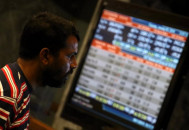



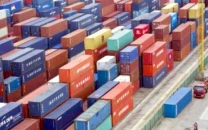

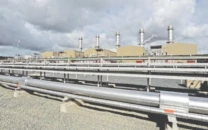

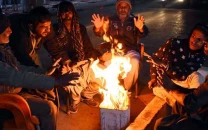



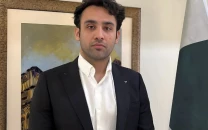
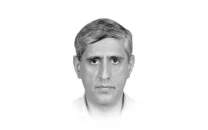
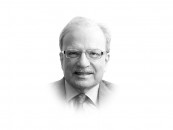


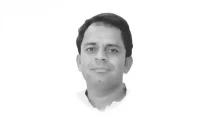
COMMENTS (1)
Comments are moderated and generally will be posted if they are on-topic and not abusive.
For more information, please see our Comments FAQ